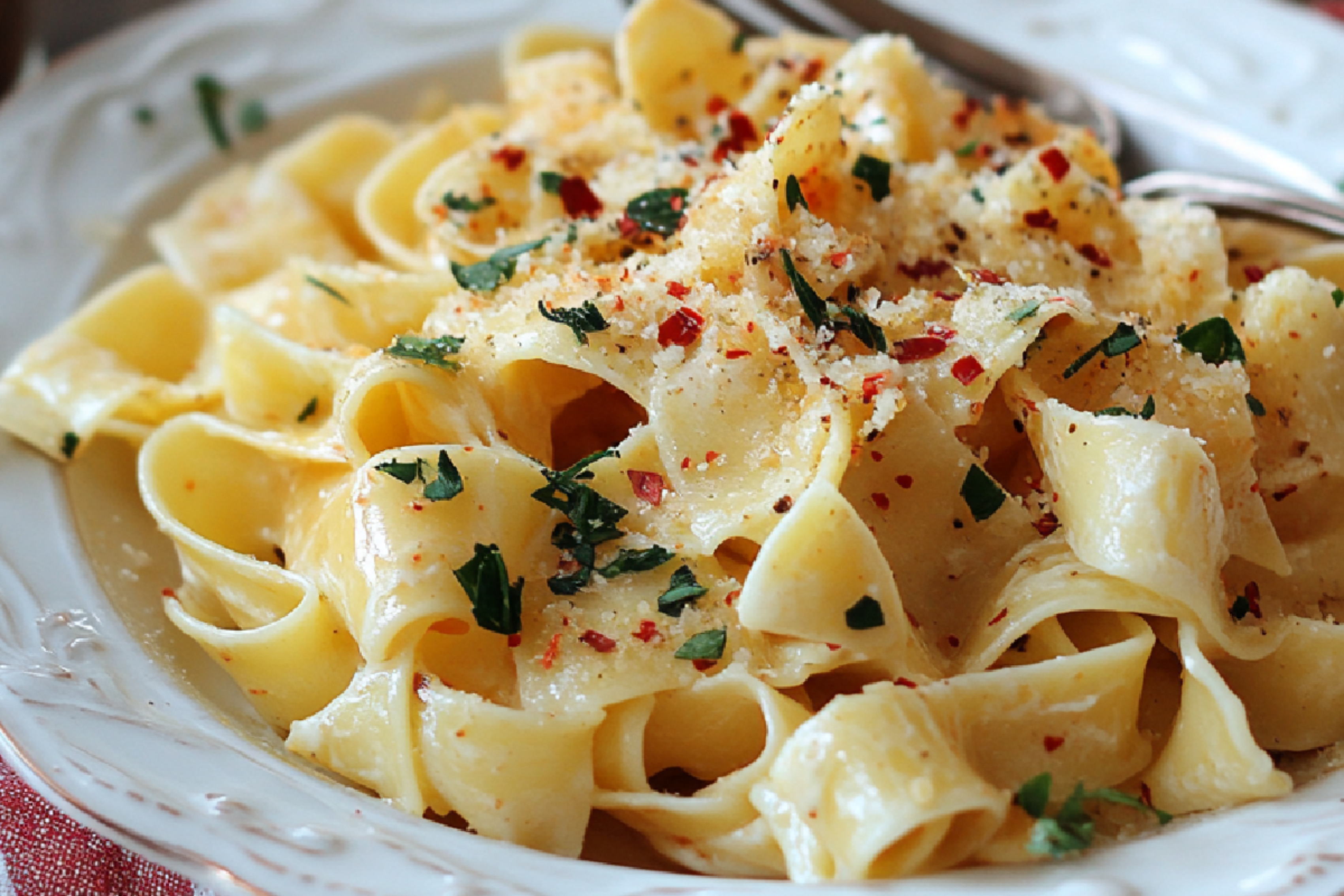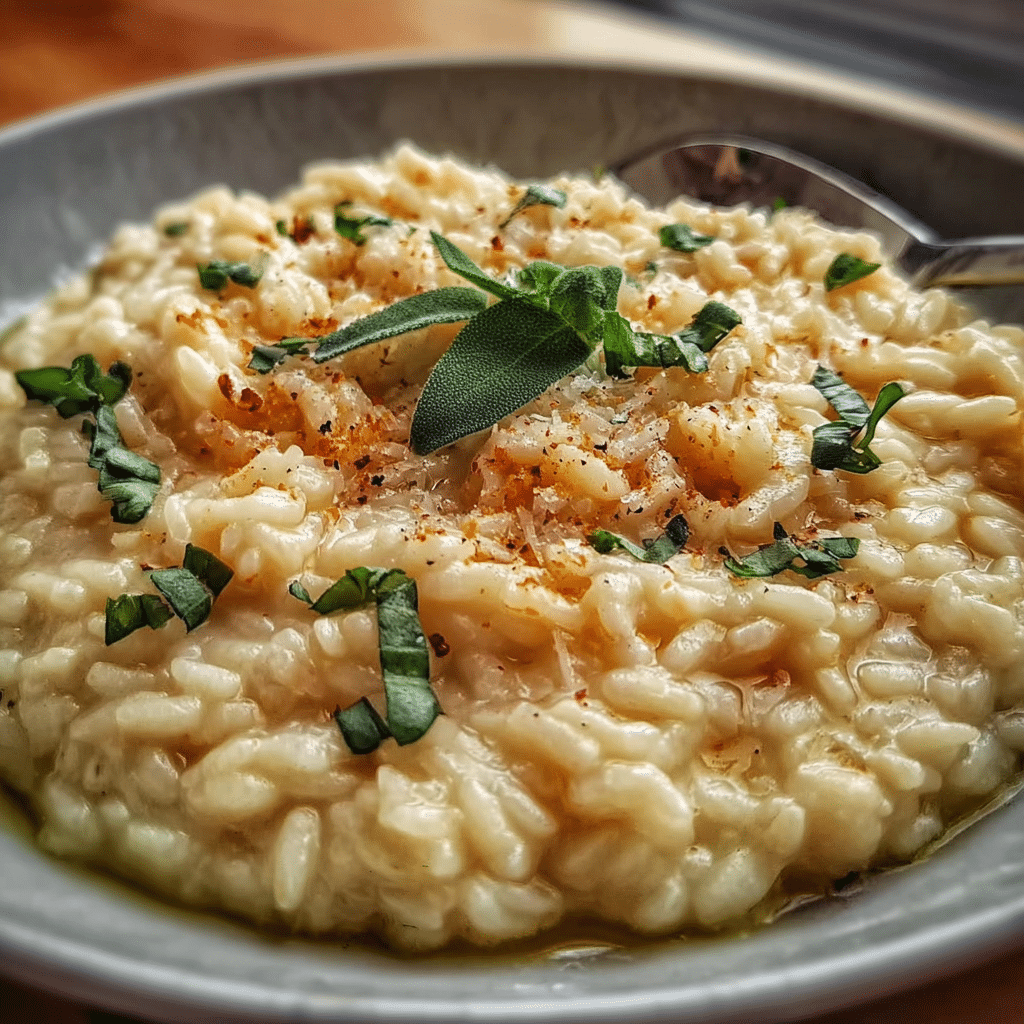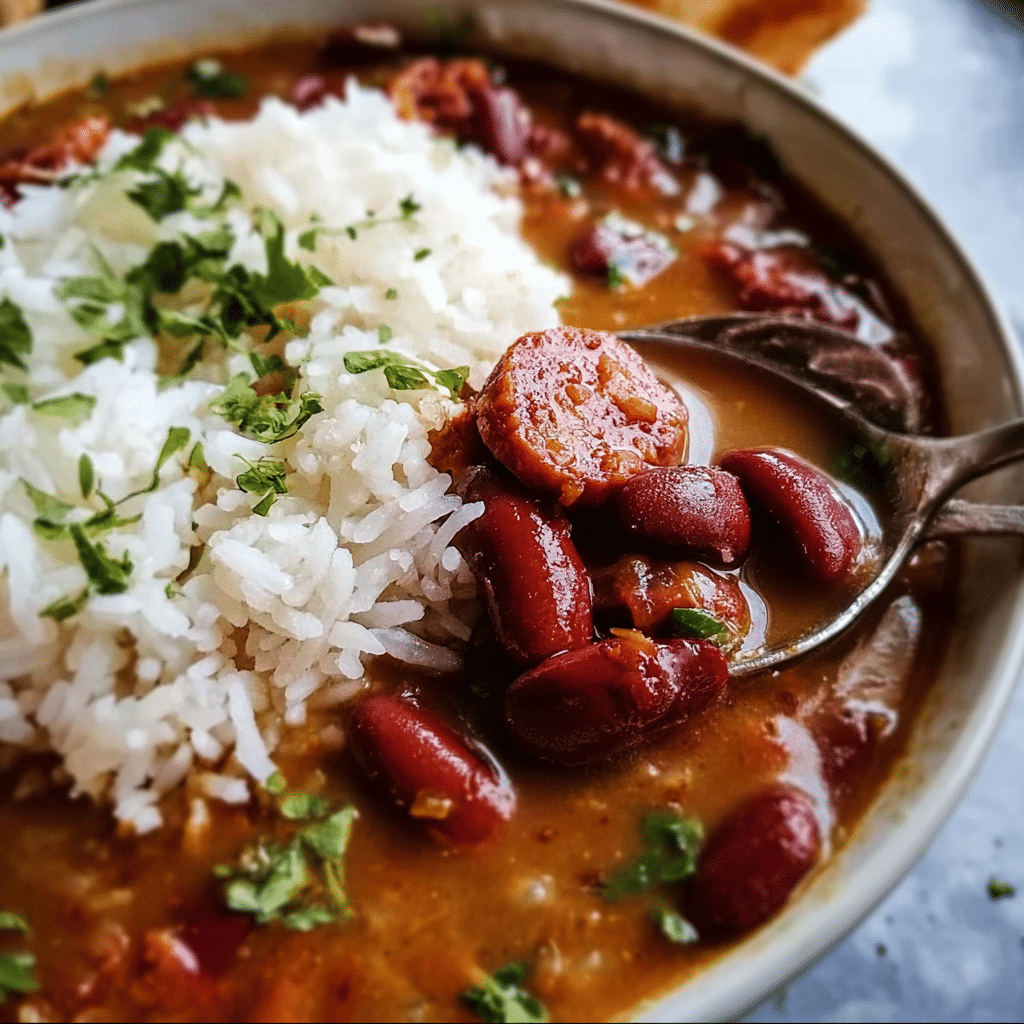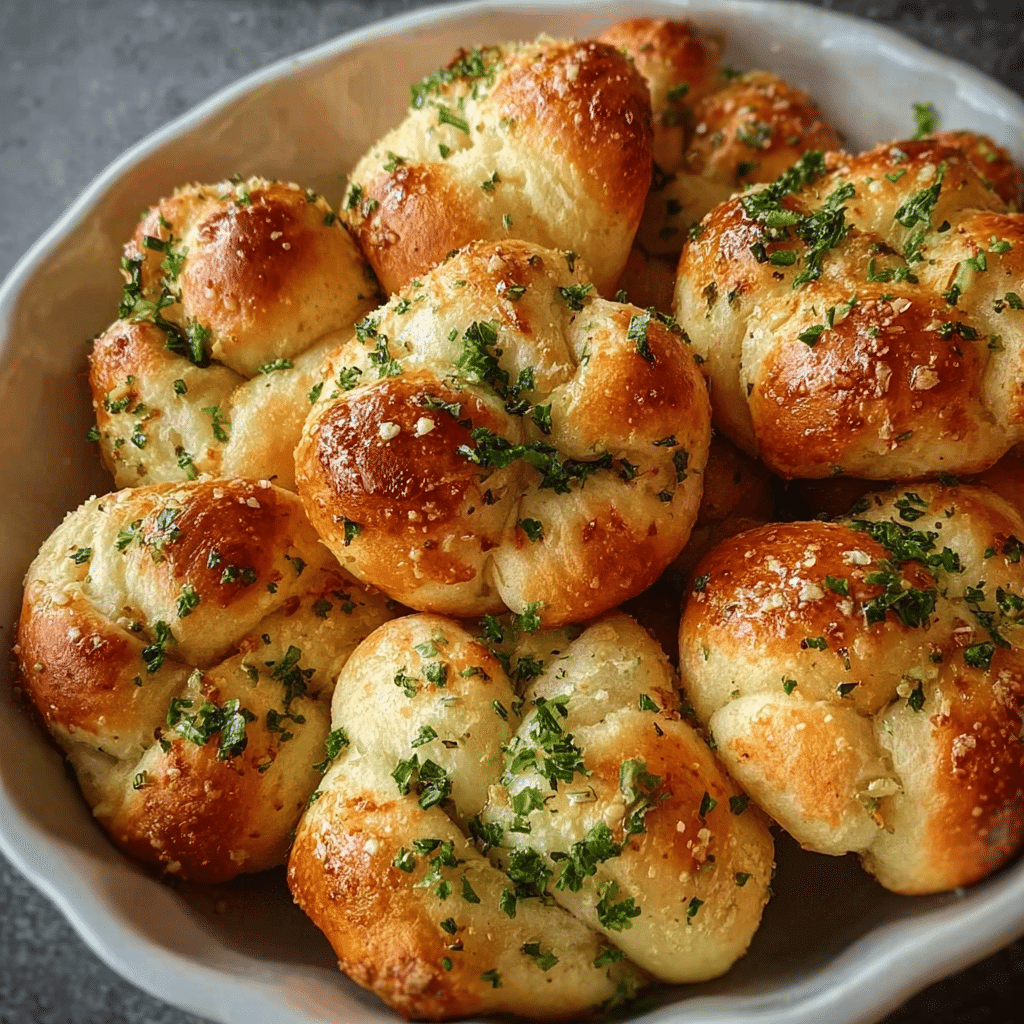Introduction to Pasta Recipes
Pasta, a beloved culinary staple, is celebrated globally for its versatility and comforting flavors. Originating from Italy, pasta has evolved into a canvas for countless recipes, blending seamlessly with diverse cuisines and local ingredients.
Why Pasta is Universally Loved
- Pasta’s adaptability allows it to pair with a variety of sauces, proteins, and vegetables, making it a go-to for quick, satisfying meals.
- Its ease of preparation and ability to absorb flavors make it ideal for home cooks and professional chefs alike. For more on crafting versatile meals, check out this guide to creative recipe ideas.
Italian Roots and Global Adaptations
- While pasta has its roots in Italian cuisine, it has been embraced worldwide with adaptations like Asian noodle dishes or baked casseroles.
- The diversity of shapes, from spaghetti to penne, ensures a pasta for every type of sauce and occasion. For tips on pairing ingredients with carbs, explore this crispy potato pancake recipe.

Essential Ingredients for Pasta Recipes
Creating delicious pasta recipes starts with selecting the right ingredients. From the pasta type to flavor-enhancing elements, here’s what you need to build a perfect dish.
Core Pasta Types
- Choose from classics like spaghetti, penne, fettuccine, lasagna sheets, or gluten-free options to suit your dietary needs.
- Each pasta shape pairs uniquely with sauces, enhancing texture and flavor.
Basic Components
- Sauces
- Tomato-based (marinara, arrabbiata), cream-based (alfredo, carbonara), or oil-based (aglio e olio) sauces form the heart of pasta dishes.
- For rich and flavorful sauce tips, explore this guide to baked and stuffed dishes.
- Proteins
- Add chicken, shrimp, sausage, or plant-based proteins like tofu or chickpeas for heartiness.
- Vegetables
- Enhance with spinach, mushrooms, bell peppers, or sun-dried tomatoes for texture and nutrition.
- For more creative ingredient pairings, check out this guide to stuffed chicken recipes.
Flavor Enhancers
- Fresh Herbs
- Use basil, parsley, and oregano for authentic Italian flavors.
- Cheese
- Add Parmesan, mozzarella, or ricotta for creaminess and depth.
- Spices and Condiments
- Garlic, chili flakes, and olive oil elevate the dish with aroma and heat.
Step-by-Step Guide to Cooking Perfect Pasta
Cooking pasta to perfection requires attention to detail at every step. Follow this guide to achieve al dente pasta and a well-balanced, flavorful dish.
1. Boiling Pasta
- Choose the Right Pasta
- Use a pasta shape that complements your sauce, such as spaghetti for marinara, or penne for cream-based sauces.
- For pairing ideas, explore this stromboli serving guide.
- Cook Al Dente
- Use 1 gallon of water per pound of pasta and add 1–2 tablespoons of salt for flavor.
- Boil until the pasta is tender but firm to the bite, following package instructions.
2. Making the Sauce
- Prepare the Base
- For tomato-based sauces: Simmer crushed tomatoes with garlic, basil, and oregano.
- For cream-based sauces: Use heavy cream, Parmesan, and butter for a rich, velvety texture.
- For pesto sauces: Blend basil, garlic, pine nuts, and olive oil.
- Balance Flavors
- Add spices like red chili flakes or black pepper for heat, and finish with fresh herbs for aroma.
- For more ideas on flavor enhancement, check out this mashed potato flavor guide.
3. Combining Pasta and Sauce
- Coat Evenly
- Transfer cooked pasta to the sauce pan directly using tongs or a slotted spoon to retain some starch.
- Adjust with Pasta Water
- Add a few tablespoons of reserved pasta water to loosen the sauce and help it adhere to the pasta.
- Toss on medium heat for a minute to combine flavors thoroughly.
Tips for Elevating Pasta Recipes
Take your pasta recipes to the next level with these expert tips. From ingredient selection to final garnishes, every detail contributes to a restaurant-quality dish.
1. Use High-Quality Pasta and Fresh Ingredients
- Choose premium dried or fresh pasta for better texture and flavor.
- Opt for fresh ingredients like seasonal vegetables, herbs, and proteins to make your dish vibrant and delicious.
For more on elevating basic recipes, explore this stromboli preparation guide.
2. Pair Pasta Shapes with the Right Sauces
- Match the pasta shape to the sauce for the best culinary experience:
- Spaghetti pairs well with light, oil-based sauces like aglio e olio.
- Penne or rigatoni complements chunky tomato or cream-based sauces.
- Fettuccine is perfect for rich sauces like Alfredo.
3. Add Seasonal Vegetables and Proteins
- Incorporate vegetables like zucchini, mushrooms, or asparagus, and proteins like shrimp, chicken, or sausage, to add variety and nutrition.
- For creative pairings, check out this asparagus-stuffed chicken guide.
4. Finish with Flavorful Garnishes
- Elevate your pasta with:
- A generous sprinkle of Parmesan or Pecorino Romano cheese.
- Fresh herbs like basil or parsley.
- A drizzle of extra virgin olive oil for richness and aroma.
Nutritional Information and Healthier Pasta Options
Pasta dishes can be both delicious and nutritious with the right choices. Here’s how to enjoy pasta while keeping it balanced and healthy.
1. Benefits of Whole-Grain or Gluten-Free Pasta
- Whole-grain pasta offers more fiber and nutrients compared to refined options, promoting better digestion and sustained energy.
- For those with gluten sensitivities, gluten-free pasta made from chickpeas, lentils, or rice is an excellent alternative.
Explore similar ingredient swaps in this healthy recipe guide.
2. Using Low-Fat or Plant-Based Sauces
- Swap heavy cream sauces for tomato-based sauces or use plant-based alternatives like cashew cream to reduce fat content without sacrificing flavor.
- Adding fresh herbs and garlic enhances taste while keeping calories in check.
3. Adding Vegetables for Fiber and Nutrients
- Incorporate seasonal vegetables like zucchini, spinach, or bell peppers for added fiber, vitamins, and minerals.
- For inspiration on integrating vegetables into meals, check out this asparagus-stuffed chicken guide.
10 Popular Pasta Recipes to Try
Pasta recipes are incredibly versatile, catering to every taste and dietary preference. From indulgent classics to health-conscious dishes, here’s a list of the top 10 pasta recipes you’ll love to make.

Classic Favorites
- Spaghetti Carbonara
- A creamy combination of pancetta, eggs, Parmesan, and black pepper, perfect for a quick yet indulgent meal.
- For tips on balancing rich flavors, explore this stromboli recipe guide.
- Fettuccine Alfredo
- Luxurious with cream, butter, and Parmesan, this dish is a comfort food classic.
- Lasagna
- Layered with ricotta, meat, marinara, and gooey cheese, this is a family favorite for gatherings.
Healthy Options
- Zoodles with Pesto
- Swap traditional pasta for zucchini noodles, topped with a nutty basil pesto for a low-carb alternative.
- Veggie-loaded Pasta Primavera
- Packed with seasonal vegetables, this dish is light, colorful, and nutritious.
- Learn how to incorporate more veggies with this asparagus-stuffed chicken guide.
Quick and Easy Recipes
- Aglio e Olio
- A simple dish with garlic, olive oil, and red pepper flakes, perfect for weeknight dinners.
- One-Pot Pasta
- Everything cooks together for minimal cleanup and maximum flavor.
Seafood Specials
- Shrimp Scampi
- Made with a lemon and garlic butter sauce, this dish is quick yet elegant.
- Linguine with Clams
- Briny, aromatic, and seasoned with white wine and fresh parsley, ideal for seafood lovers.
Baked Pasta
- Pasta Bake
- Combine your favorite pasta with marinara, gooey cheese, and breadcrumbs for a comforting, oven-baked dish.
- For more ideas on creating baked comfort foods, check out this mashed potato pancake recipe.
Serving Ideas and Pairings for Pasta Recipes
Pasta dishes shine even brighter when paired with complementary sides, beverages, and desserts. Here are some serving suggestions to create a well-rounded and satisfying meal.
1. Complementary Sides
- Pair your pasta with garlic bread for a crispy, buttery contrast.
- Serve alongside a Caesar salad or roasted veggies for a balanced, wholesome addition.
- For ideas on pairing sides with flavorful mains, check out this stromboli serving guide.
2. Wine Pairings
- Red wines like Chianti or Cabernet Sauvignon complement hearty, tomato-based sauces.
- White wines like Sauvignon Blanc or Pinot Grigio pair well with lighter cream-based or seafood pasta dishes.
3. Dessert Ideas
- End the meal on a sweet note with classic Italian desserts like tiramisu or panna cotta.
- For a creative twist, explore recipes like the ones found in this crispy mashed potato pancake guide.
Make-Ahead and Storage Tips for Pasta Recipes
Planning ahead with pasta recipes can save time and ensure you always have a delicious meal ready to go. Here’s how to prepare, store, and reheat pasta effectively:
1. Preparing Sauces in Advance
- Make sauces like marinara, Alfredo, or pesto in advance and store them in airtight containers.
- Refrigerate for up to 5 days or freeze for 3 months. This allows you to quickly toss together a satisfying meal on busy weeknights.
For more make-ahead sauce ideas, explore this stromboli preparation guide.
2. Freezing Cooked Pasta and Sauces Separately
- Cook pasta until slightly underdone (al dente) before freezing to prevent overcooking during reheating.
- Freeze sauces separately to maintain their flavor and texture. When ready to eat, thaw the sauce overnight in the fridge and combine with freshly reheated pasta.
3. Reheating Tips
- For pasta, reheat in boiling water for 1–2 minutes to restore its texture.
- Reheat sauces gently on the stovetop, adding a splash of reserved pasta water for consistency.
- Combine pasta and sauce over low heat to blend flavors perfectly.
For additional storage and reheating techniques, check out this mashed potato recipe guide.
Make-Ahead and Storage Tips for Pasta Recipes
Planning and storing pasta effectively ensures a quick and delicious meal any day of the week. Here are some essential tips to help you prepare and store pasta and sauces like a pro.
Prepping in Advance
- Making Large Batches of Sauce
- Prepare a double batch of sauces such as marinara, Alfredo, or pesto, and freeze in portion-sized containers.
- Frozen sauces can last up to 3 months, making it easy to whip up pasta dishes on busy weeknights.
- For more ideas on batch-prepping meals, explore this stromboli preparation guide.
- Preparing and Storing Uncooked Pasta Dough
- Make fresh pasta dough ahead of time and store it tightly wrapped in plastic in the refrigerator for up to 2 days. Alternatively, freeze the dough for longer storage.
Storage Tips
- Storing Cooked Pasta
- Toss cooked pasta with a drizzle of olive oil to prevent it from sticking, then store it in an airtight container in the refrigerator for up to 3 days.
- Reheating Pasta
- To reheat cooked pasta, immerse it in boiling water for 1–2 minutes or gently warm it in a skillet with sauce to restore its flavor and texture.
- For baked pasta dishes, reheat in the oven at 375°F until heated through.

FAQs About Pasta Recipes
Here are answers to commonly asked questions about pasta recipes, helping you perfect your cooking and storage techniques.
What’s the Best Way to Cook Pasta Al Dente?
- Use 1 gallon of water per pound of pasta and season generously with salt.
- Boil the pasta until it’s firm to the bite, typically 1–2 minutes less than the package instructions.
- Test a piece before draining to ensure it’s cooked to your preference. For more pasta preparation tips, explore this stromboli preparation guide.
Can I Make Pasta Recipes Gluten-Free?
- Yes! Use gluten-free pasta made from chickpeas, lentils, or rice.
- Pair it with gluten-free sauces and ingredients for a complete meal.
How Do I Prevent Pasta from Sticking Together?
- Stir the pasta frequently during the first few minutes of boiling.
- Add a tablespoon of olive oil if serving the pasta plain, or mix immediately with the sauce to coat evenly.
What’s the Best Way to Store Leftover Pasta?
- Toss the pasta with a small amount of olive oil to prevent clumping, and store it in an airtight container in the refrigerator for up to 3 days.
- Reheat by immersing it in boiling water for 1–2 minutes or warming it with sauce on the stovetop.
What Are the Healthiest Pasta Options?
- Opt for whole-grain pasta for added fiber and nutrients, or try zucchini noodles (zoodles) as a low-carb alternative.
- Learn more about incorporating healthy ingredients in this mashed potato recipe guide.
Conclusion and Final Tips for Pasta Recipes
Pasta recipes remain a global favorite due to their unmatched versatility and ability to suit any occasion. Whether you’re preparing a simple weeknight dinner or an elaborate feast, pasta offers endless possibilities to explore.
Experiment and Customize
- Don’t hesitate to experiment with flavors, ingredients, and sauces. Pairing seasonal vegetables, fresh herbs, and your favorite proteins can create unique dishes tailored to your taste.
- For inspiration on incorporating variety into your cooking, check out this stromboli preparation guide.
Adaptable for Everyone
- From whole-grain or gluten-free pasta to plant-based or rich, creamy sauces, pasta can be adapted to fit any dietary preference or skill level.
- For healthier options, explore recipes that incorporate more vegetables, such as this asparagus-stuffed chicken guide.





